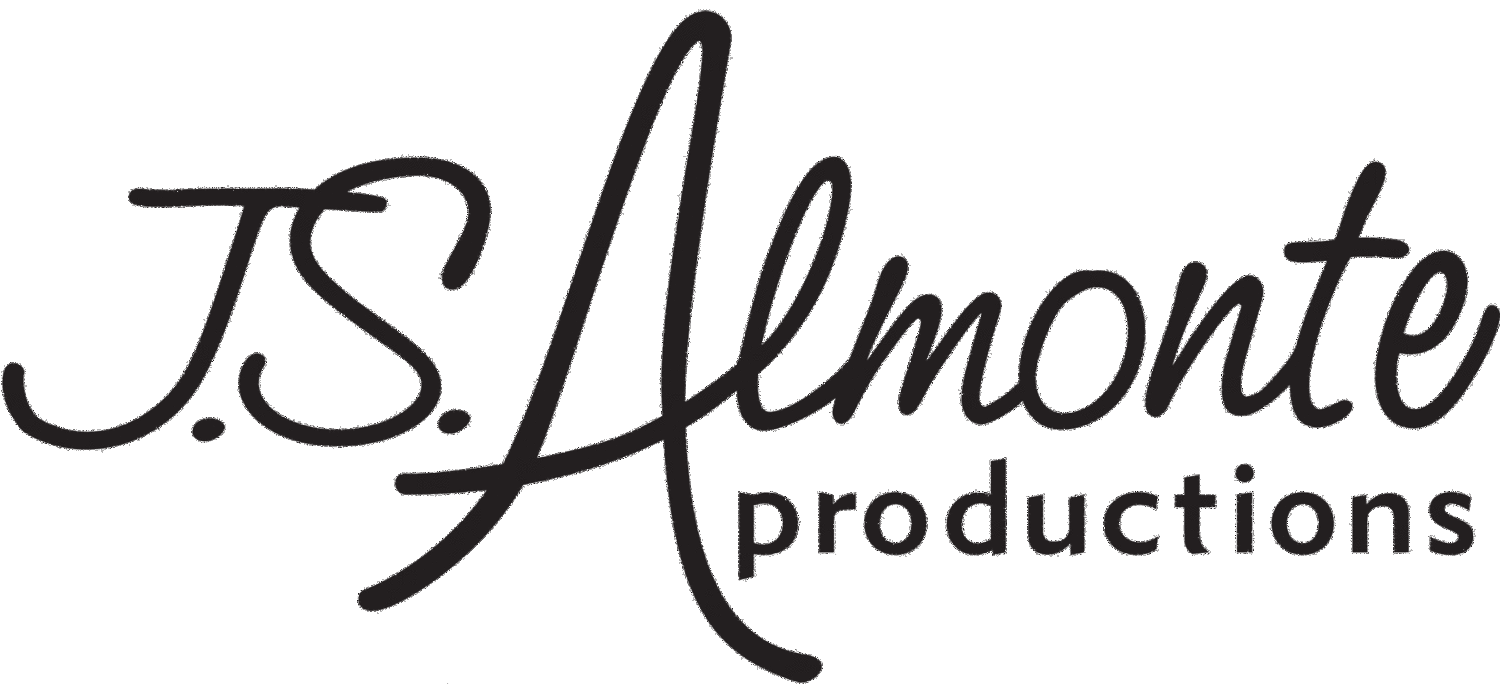This is part of a paper I wrote entitled “Artistry In Rhythm: Dialogue Through Dance in the Lindy Hop community.” Previous and future posts can be found by searching my blog for the category “Artistry In Rhythm.” While it took some time, the combined effects of Janice Wilson’s Hellzapoppin’ contest at the Harlem Jazz Dance Festival, the Ultimate Lindy Hop Showdown, and Mad Dog had a tremendous influence on the scene.
The most obvious was the re-emergence of faster classic swing era and hot jazz music at dance events. People were now encouraged to work on their improvisation skills at faster tempos like they previously did to slower, groovier music.
This led people to mine and more vintage film clips for more ideas to move to this music instead of trying to force hip hop or other modern movements into the music. Since most of the Lindy Hop clips had already been found, the search expanded into tap and other jazz inspired black dancers of the past from the Nicholas Brothers to Josephine Baker.
Al Minns & Leon James circa 1961
Austin & Alex Dryer Great Southwest Lindyfest March, 2003
Writing more about the initial revival era in the 1980’s, historian and performer Bob Thomas gives the reason for this appeal and forecasts the emergence of the return to the “Old School” way back in the 1999 WLHC debate,
“The early Lindy Hop (1920's-30's) was clearly African-American in style and it is that style that seems to most appeal to the most Lindy Hop dancers. I think it is the desire to keep an African-American style in the Lindy Hop that leads people to speak of the "true Lindy Hop" style. I, too, believe strongly that the African-American influences are integral to Lindy Hop's excitement and appeal.” [1]
Most of those “newly discovered” film clips emphasized solo movement. It gave people greater options to contribute individual stylings in their coupled dances as well as something to do when there were no partners available.
This was particularly beneficial for women since Lindy Hop, like most partnered dances, tends to draw a disproportionately larger number of women than men. I think this contributed to the rise of “All Girl” workshop weekends and a number of all female performance groups.
Cotton Club performance at the 2005-2006 Rhythmic Arts Festival.
Dancers were finally beginning to understand how to learn from the past and use that knowledge to shape their dancing in the present.
[1] “Some thoughts from Bob Thomas, faculty member of dance at Roger Williams University and director of The Kamikaze Jitterbugs. Submitted to John Tomeny, Thursday September 23, 1999” TC Swingin Hepcats web site World Lindy Hop Championship Debate 2000 archive http://www.swinginhepcats.com/debate.html last accessed July, 2007




